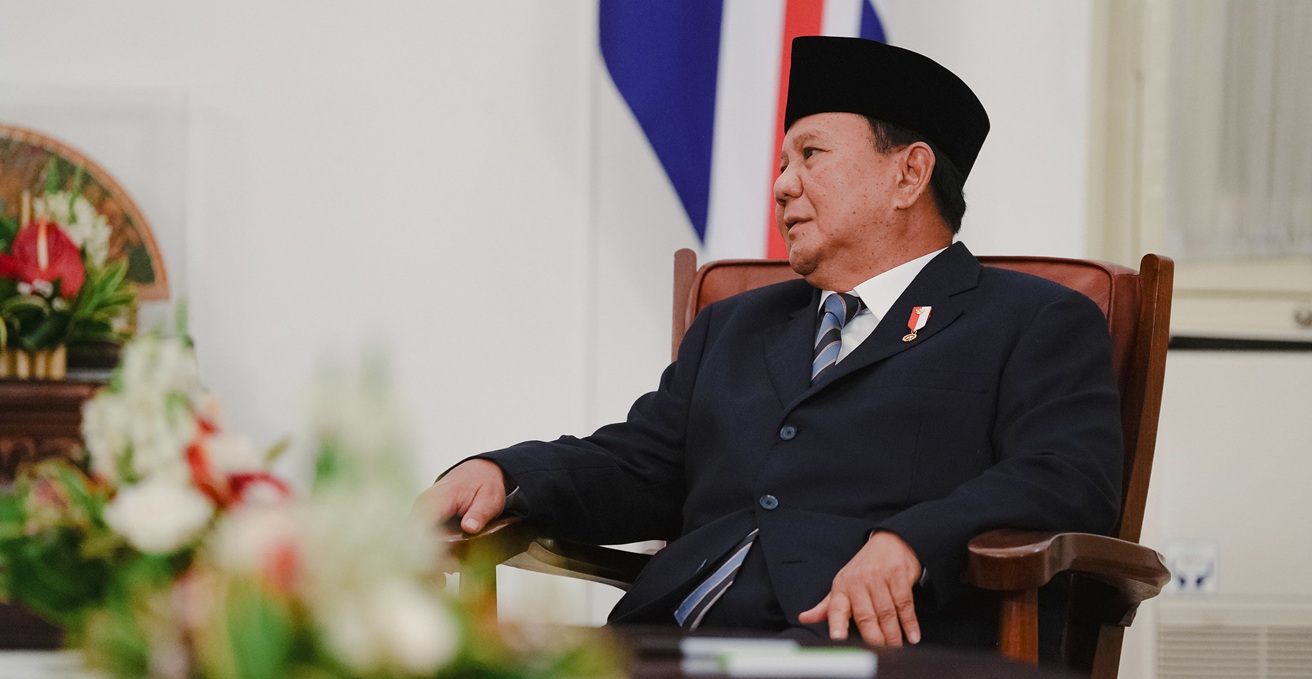
As India celebrates another year of independence, it is vital to recognize the ongoing struggle for women’s bodily autonomy and reproductive rights.
Introduction
- For centuries, women’s freedom of bodily autonomy in India has been curtailed by deeply ingrained societal norms and cultural barriers. In many cases, women’s decisions about their bodies have been heavily influenced by familial and societal expectations, often perpetuated by traditional beliefs and customs. These factors have hindered their ability to make autonomous choices, especially concerning reproductive health and well-being.
Breaking Free from Taboos and Stereotypes
- The prevalence of taboos and stereotypes surrounding women’s reproductive health has significantly hindered their bodily autonomy. Menstruation, for instance, is often shrouded in secrecy and shame, leading to a lack of open discourse and awareness about menstrual health. According to a 2018 study by UNICEF, around 71 per cent of adolescent girls in India do not know about menstruation before their first period, perpetuating myths and misconceptions.
- Initiatives like the Menstrual Hygiene Scheme, launched by the Indian government, have made strides in providing access to menstrual hygiene products and education. However, there is still a long way to go in dismantling these taboos and promoting a culture of openness and acceptance surrounding women’s reproductive health. Upcoming brands like Gynoveda have taken it upon themselves to help women gain an understanding of these prevalent genealogical issues.
Also Read
Empowering Women through Knowledge and Education
- Reproductive education is the key to empowering women to make informed decisions about their bodies and health. According to the National Family Health Survey-4, only 47.8 per cent of Indian women aged 15-49 years have comprehensive knowledge about HIV/AIDS and its prevention. Providing complete and accurate information about sexual and reproductive health is crucial for women to understand their options and rights.
- Organisations like the Population Foundation of India (PFI) have been actively working towards promoting reproductive education in India. Their programs aim to address misconceptions about contraception and family planning, enabling women to exercise control over their reproductive choices. Moreover, these initiatives also focus on postnatal health, providing crucial information about postpartum recovery, breastfeeding, mental health support, and the importance of seeking medical attention if any complications arise after childbirth. By incorporating postnatal health into reproductive education, women are better equipped to navigate the challenges of the postpartum period, ensuring their well-being and the health of their newborns. Empowering women with comprehensive knowledge about all aspects of reproductive health enhances their autonomy and enables them to lead healthier and more fulfilling lives.
Expanding Access to Reproductive Healthcare
- Despite significant progress in recent years, access to quality reproductive healthcare remains unequal in India, affecting rural and urban populations. While rural areas continue to face challenges in accessing healthcare services, including reproductive health facilities, urban areas also grapple with issues like overcrowded healthcare facilities and long waiting times. According to a 2020 report by the World Health Organization (WHO), the doctor-to-patient ratio in India is 1:1456, far below the WHO-recommended percentage of 1:1000.
- Innovative solutions such as telemedicine and mobile health clinics have emerged as promising ways to bridge the healthcare gap in rural and underserved urban areas. These technologies offer convenient access to healthcare services and can reduce the burden on overburdened urban healthcare facilities. Additionally, government-led initiatives like the Ayushman Bharat program have aimed to expand access to essential healthcare services, including maternal and reproductive health, for economically disadvantaged women, benefiting both rural and urban populations.
Conclusion
- As India celebrates another year of independence, it is vital to recognize the ongoing struggle for women’s bodily autonomy and reproductive rights. Breaking free from age-old taboos and societal expectations is a collective effort that involves government support, community engagement, and individual advocacy. Empowering women through knowledge, education, and access to healthcare services is the cornerstone of this movement. This Independence Day, let us renew our commitment to supporting initiatives and organisations that champion women’s rights, challenge stereotypes, and prioritize women’s health.
SDGs, Targets, and Indicators
-
SDGs Addressed or Connected to the Issues
- SDG 3: Good Health and Well-being
- SDG 4: Quality Education
- SDG 5: Gender Equality
- SDG 10: Reduced Inequalities
The article addresses issues related to women’s reproductive health and autonomy, which are connected to the above-mentioned SDGs. It highlights the unequal access to quality reproductive healthcare in India, the prevalence of taboos and stereotypes surrounding women’s reproductive health, the need for reproductive education, and the importance of expanding access to reproductive healthcare.
-
Specific Targets Based on the Article’s Content
- Target 3.7: By 2030, ensure universal access to sexual and reproductive healthcare services, including for family planning, information and education, and the integration of reproductive health into national strategies and programs.
- Target 4.7: By 2030, ensure that all learners acquire the knowledge and skills needed to promote sustainable development, including through education for sustainable development and sustainable lifestyles, human rights, gender equality, promotion of a culture of peace and non-violence, global citizenship, and appreciation of cultural diversity and of culture’s contribution to sustainable development.
- Target 5.6: Ensure universal access to sexual and reproductive healthcare services, including for family planning, information and education, and the integration of reproductive health into national strategies and programs.
- Target 10.3: Ensure equal opportunity and reduce inequalities of outcome, including by eliminating discriminatory laws, policies, and practices and promoting appropriate legislation, policies, and action in this regard.
The article emphasizes the need to ensure universal access to sexual and reproductive healthcare services, promote reproductive education, and reduce inequalities in healthcare outcomes. These targets align with the issues discussed in the article.
-
Indicators Mentioned or Implied in the Article
- Indicator 3.7.1: Proportion of women of reproductive age (aged 15-49 years) who have their need for family planning satisfied with modern methods
- Indicator 4.7.1: Extent to which (i) global citizenship education and (ii) education for sustainable development are mainstreamed in (a) national education policies; (b) curricula; (c) teacher education; and (d) student assessment
- Indicator 5.6.1: Proportion of women aged 15-49 years who make their own informed decisions regarding sexual relations, contraceptive use, and reproductive healthcare
- Indicator 10.3.1: Proportion of population reporting having personally felt discriminated against or harassed in the previous 12 months on the basis of a ground of discrimination prohibited under international human rights law
The article implies the need to measure the proportion of women who have their need for family planning satisfied with modern methods, the extent to which reproductive education is mainstreamed in national policies and curricula, the proportion of women who make their own informed decisions regarding reproductive healthcare, and the proportion of the population reporting discrimination or harassment based on prohibited grounds.
Table: SDGs, Targets, and Indicators
| SDGs | Targets | Indicators |
|---|---|---|
| SDG 3: Good Health and Well-being | Target 3.7: By 2030, ensure universal access to sexual and reproductive healthcare services, including for family planning, information and education, and the integration of reproductive health into national strategies and programs. | Indicator 3.7.1: Proportion of women of reproductive age (aged 15-49 years) who have their need for family planning satisfied with modern methods |
| SDG 4: Quality Education | Target 4.7: By 2030, ensure that all learners acquire the knowledge and skills needed to promote sustainable development, including through education for sustainable development and sustainable lifestyles, human rights, gender equality, promotion of a culture of peace and non-violence, global citizenship, and appreciation of cultural diversity and of culture’s contribution to sustainable development. | Indicator 4.7.1: Extent to which (i) global citizenship education and (ii) education for sustainable development are mainstreamed in (a) national education policies; (b) curricula; (c) teacher education; and (d) student assessment |
| SDG 5: Gender Equality | Target 5.6: Ensure universal access to sexual and reproductive healthcare services, including for family planning, information and education, and the integration of reproductive health into national strategies and programs. | Indicator 5.6.1: Proportion of women aged 15-49 years who make their own informed decisions regarding sexual relations, contraceptive use, and reproductive healthcare |
| SDG 10: Reduced Inequalities | Target 10.3: Ensure equal opportunity and reduce inequalities of outcome, including by eliminating discriminatory laws, policies, and practices and promoting appropriate legislation, policies, and action in this regard. | Indicator 10.3.1: Proportion of population reporting having personally felt discriminated against or harassed in the previous 12 months on the basis of a ground of discrimination prohibited under international human rights law |
Behold! This splendid article springs forth from the wellspring of knowledge, shaped by a wondrous proprietary AI technology that delved into a vast ocean of data, illuminating the path towards the Sustainable Development Goals. Remember that all rights are reserved by SDG Investors LLC, empowering us to champion progress together.
Source: thehealthsite.com

Join us, as fellow seekers of change, on a transformative journey at https://sdgtalks.ai/welcome, where you can become a member and actively contribute to shaping a brighter future.






